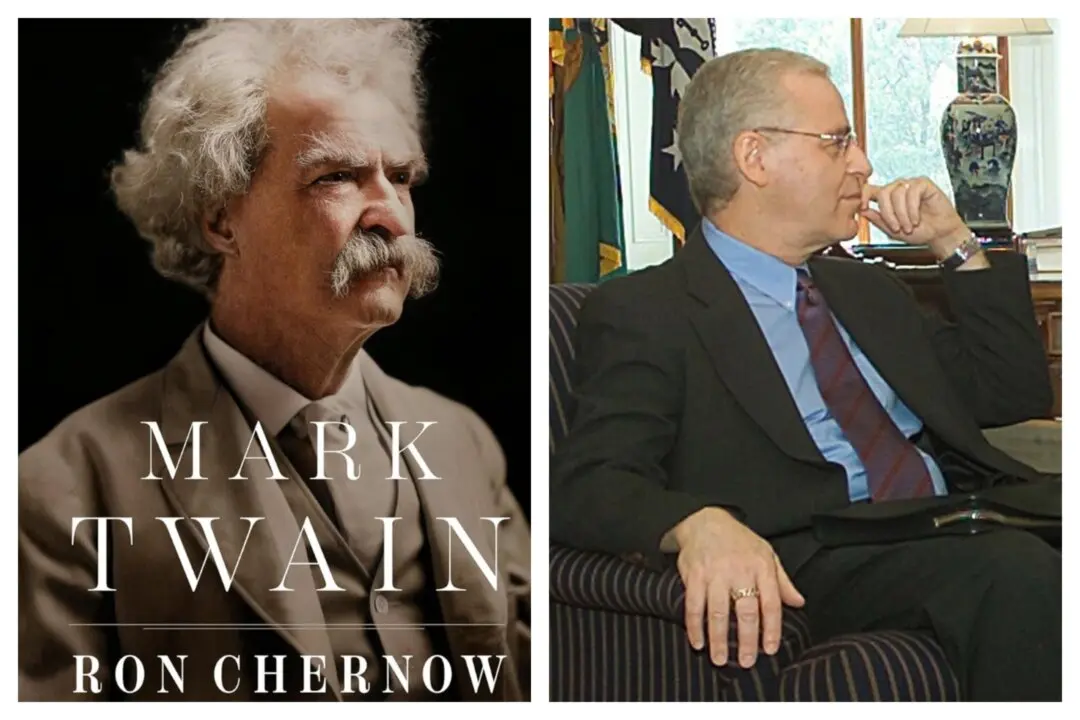Carl Ben Eielson (1897–1929) was one of eight, possibly nine, children born to Norwegian immigrant parents. He grew up in the small town of Hatton, North Dakota. Of course, most towns in North Dakota were small, as it had been the Dakota Territory for less than eight years before Eielson’s birth. In fact, Hatton remains very small with a population of less than 1,000.
Eielson had an interest in aviation, but was encouraged to study law. He attended the University of North Dakota and then the University of Wisconsin. When the United States entered World War I in April 1917, Eielson quit school to become a pilot in the U.S. Army Air Service. He was trained at March Air Force Base in Riverside, California. In 1918, Eielson was preparing to enter the fray in Europe as a second lieutenant until the Armistice of Nov. 11, 1918 ended the war. Eielson remained at the base and earned his wings in 1919.






